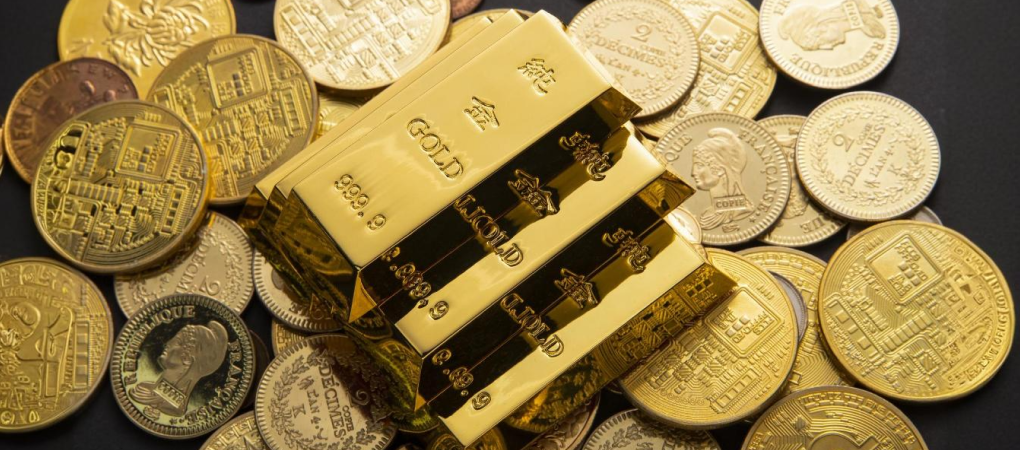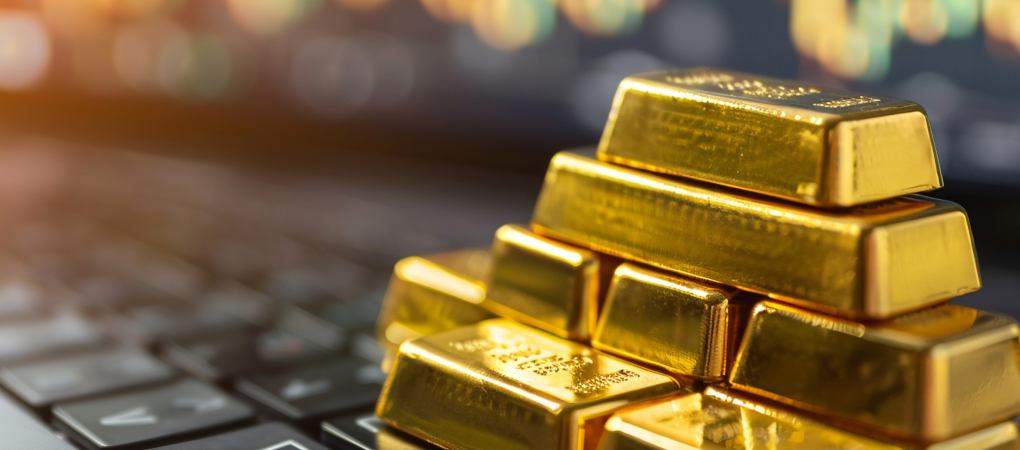
Technological innovations in the Gold bullion industry
Technological innovations in the gold bullion industry are radically transforming how gold is mined, refined, traded, stored, and invested. These changes are not just cosmetic—they’re reshaping the very infrastructure of the global gold economy. Let’s unpack the most advanced developments in depth:
🔬 Mining and Refinement: Smarter, Cleaner, and More Transparent
Modern gold mining is increasingly driven by automation, robotics, and AI. Autonomous drilling systems and AI-powered geological mapping allow companies to locate and extract gold with greater precision, reducing environmental impact and operational costs. Drones and satellite imaging are used to monitor mine sites in real time, improving safety and compliance.
In the refinement stage, green chemistry and electrochemical processes are replacing traditional smelting, which is energy-intensive and polluting. These innovations reduce toxic waste and carbon emissions, aligning gold production with global sustainability goals.
📦 Tokenization and Blockchain: Digitizing Gold Ownership
One of the most disruptive innovations is tokenized gold—digital tokens backed by physical gold stored in secure vaults. These tokens are issued on blockchain platforms and can be traded globally, 24/7, without intermediaries. Each token represents a specific weight of gold (e.g., 1 gram), allowing fractional ownership and making gold investment accessible to retail investors.
Blockchain also ensures traceability. Every transaction, from mine to vault to investor, is recorded immutably. This combats fraud, verifies authenticity, and supports ethical sourcing by tracking gold’s origin—especially important in regions affected by conflict mining.
🧠 Smart Contracts and DeFi: Automating Gold Finance
Smart contracts are programmable agreements that execute automatically when conditions are met. In the gold bullion industry, they’re used to:
- Automate trades and settlements
- Manage collateral for loans backed by gold tokens
- Enable gold staking and yield farming in DeFi (Decentralized Finance) platforms
This means gold is no longer just a passive store of value—it becomes an active financial instrument. Investors can earn interest, borrow against their holdings, or participate in liquidity pools—all without traditional banks.
🏦 Vaulting and Security: IoT and AI-Driven Safeguards
Physical gold storage is evolving with IoT-enabled vaults and AI surveillance systems. Smart sensors monitor temperature, humidity, and movement, ensuring optimal storage conditions and detecting tampering. AI algorithms analyze vault activity patterns to flag anomalies and prevent theft.
Some platforms offer real-time proof-of-reserves, where investors can verify that the gold backing their tokens is physically present and accounted for. This level of transparency was unheard of in traditional bullion markets.
🌍 Cross-Border Access and Mobile Platforms
Gold investment used to be geographically limited. Now, mobile apps and digital platforms allow users in Nigeria, India, or Brazil to buy and sell gold tokens instantly. These platforms often integrate with local payment systems, making gold a viable savings tool even in underbanked regions.
This democratization of access is especially powerful in emerging markets, where inflation and currency instability make gold a trusted hedge—but physical access was previously limited.
📊 AI and Predictive Analytics: Smarter Investment Decisions
AI is being used to analyze market trends, geopolitical risks, and macroeconomic indicators to forecast gold prices. These insights help investors make smarter decisions and allow platforms to offer personalized investment strategies based on user behavior and goals.
Some systems even use machine learning to detect manipulation or anomalies in gold pricing, enhancing market integrity.
---
🧩 Interoperability and Multi-Chain Integration
Advanced platforms are building interoperable gold tokens that can move across multiple blockchains (Ethereum, Solana, Polygon, etc.). This flexibility allows users to interact with different ecosystems, increasing liquidity and utility.
For example, a gold token on Ethereum might be used in a lending protocol, while the same token on Solana could be traded in a decentralized exchange—all while being backed by the same physical gold.
These innovations are not just technical upgrades—they’re redefining what gold means in the digital age. It’s no longer just a shiny metal locked in a vault. It’s programmable, portable, and participatory. If you’re interested, I can help you explore how these technologies could be applied in Nigeria’s gold sector or even help you draft a proposal or white paper.




